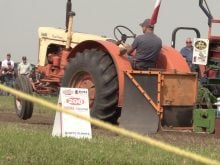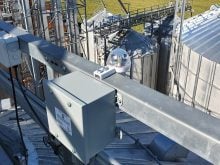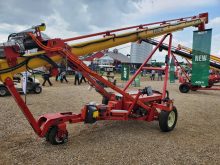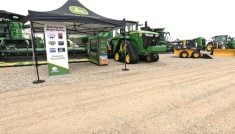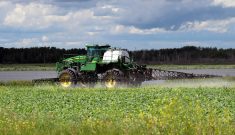Maidstone, Saskatchewan farmer Brad Ferguson stopped by the Walkabout Mother Bins booth at Ag in Motion in July to visit the reps and his new acquisition. The unit on display was in transit to his operation near Maidstone, Saskatchewan. It’s the second one he’s purchased.
“The first one made the harvest flow better,” he says. “The combines aren’t waiting, the grain cart isn’t waiting and the trucks aren’t waiting. Last harvest we managed to haul 300,000 bushels to the elevator off the combines and nobody had to wait.”
Ferguson initially looked at getting bigger grain cart, but that would only ease the bottleneck for an hour or so. Adding a mother bin speeded things up for carts, combines and trucks.
Read Also
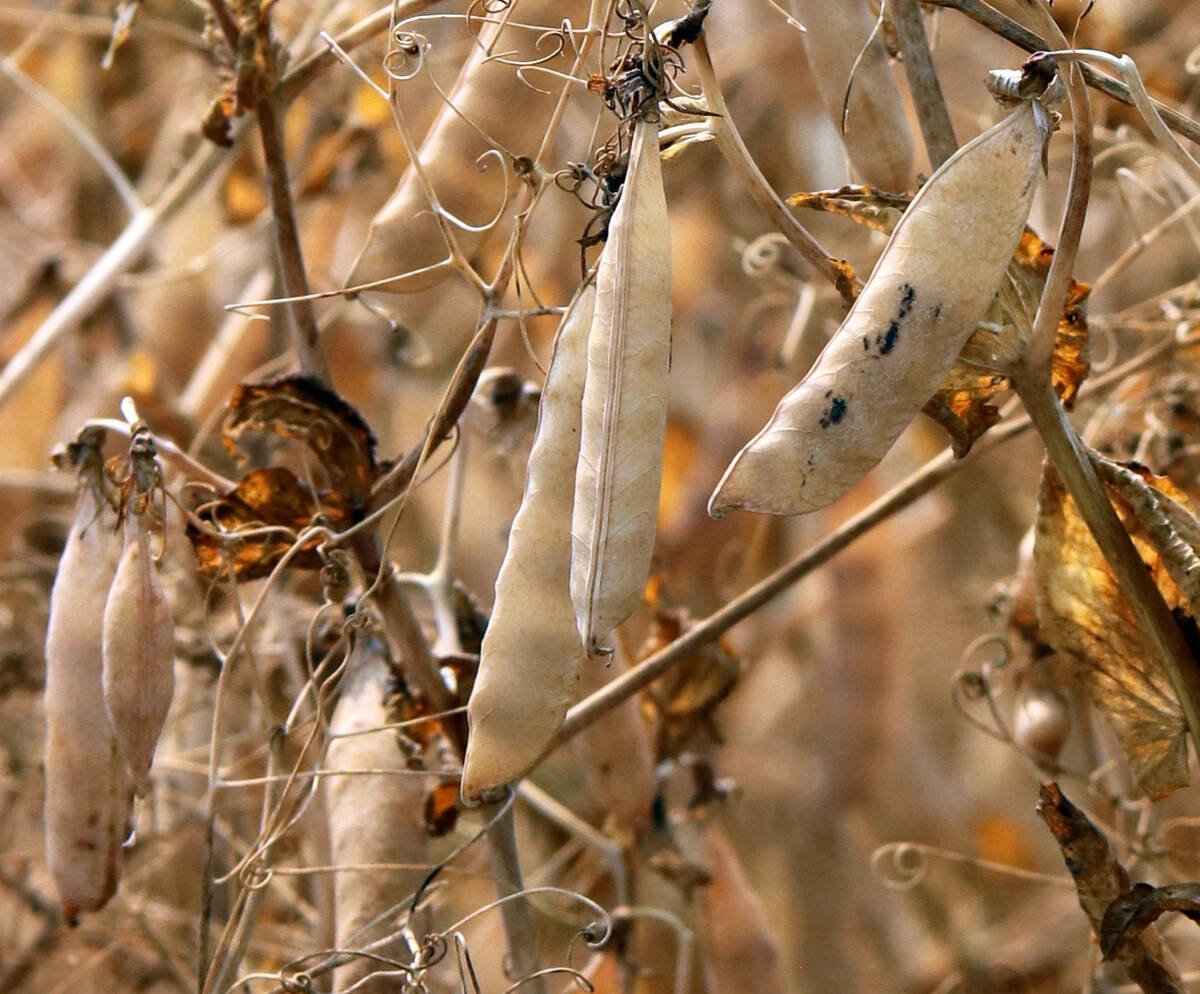
Trump’s tariffs take their toll on U.S. producers
U.S. farmers say Trump’s tariffs have been devastating for growers in that country.
“It’s way faster too when you’re unloading your grain cart, because you can just pull up beside it, unload and be gone,” he says. “Trucks pull up and fill in a matter of minutes and get their weights pretty well too, to get on with it. So, it makes everything just seamless.”
Ferguson farms about 13,000 acres. Before the first mother bin arrived this, this meant a crew of eight to 13 people and five or six super-Bs to keep the grain moving.
“Last year, two of our units never even hit the road last year because of this,” he says. “It’s cut down manpower by quite a bit.”
While the company doesn’t publicize their specific pricing, Crystal Kopecky of Walkabout Mother Bins says these efficiencies in the field are what make the investment in a mother bin pay off.
Her quick back-of-the napkin calculation of a farm in the States running two combines, a grain cart and a couple of trucks shows it takes about $10,000 a day to operate.
“If I could shorten your harvest by four or five days per crop, you don’t even have to push it that hard and you can achieve that, you’ll have it paid for in less than a couple of years.”
Contact michael.robin@producer.com




